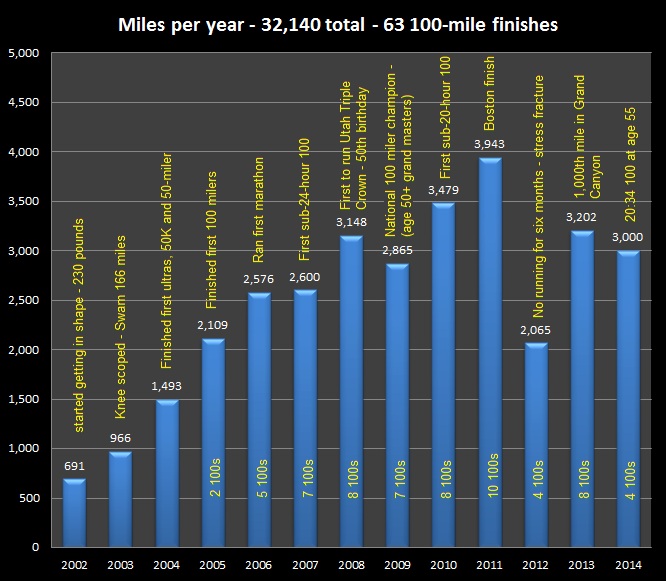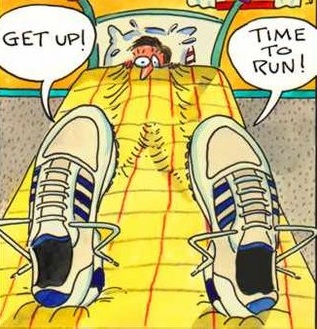 Monument Valley is a region in southern Utah/northern Arizona that features a cluster of enormous sandstone buttes that tower as much as 1,000 feet above the valley floor. Much of the area is included in the Monument Valley Navajo Tribal Park with its impressive views that rival any national park. This year, for the first time, the Monument Valley 100-mile race was held in this spectacular park. You have seen many westerns filmed there, Marlboro Man commercials, and even a Forest Gump highway scene.
Monument Valley is a region in southern Utah/northern Arizona that features a cluster of enormous sandstone buttes that tower as much as 1,000 feet above the valley floor. Much of the area is included in the Monument Valley Navajo Tribal Park with its impressive views that rival any national park. This year, for the first time, the Monument Valley 100-mile race was held in this spectacular park. You have seen many westerns filmed there, Marlboro Man commercials, and even a Forest Gump highway scene.
After coming up short (90 miles) at Antelope Canyon 100, three weeks earlier, I was anxious to get back on the desert trails and complete Monument Valley 100. I recovered very fast and was even able to train 118 miles during the week between the two races. I felt strong and ready.












